Upon the 65th anniversary of the record label, CU Boulder prof says that from Taylor Swift to K-pop, ‘It’s all Motown; they are not creating anything new’
Shawn O’Neal, assistant teaching professor in the Department of Ethnic Studies, can’t remember a time growing up in the 1970s and 1980s when Motown music wasn’t playing in his Chicago home.
“My mother was very deep into the traditions of Motown music—and not just the music, but what it represented aesthetically as well, when talking about (Motown founder) Berry Gordy’s vision of Black respectability,” he says. “Diana Ross and the Supremes, Marvin Gaye, Martha Reeves and the Vandellas—those records were always being played in our house or coming out of the radio. So, that was always there.”
It’s hard to quantify the effect Motown—and later musical developments inspired by Motown such as disco and house music—have had on his life, says O’Neal, who teaches classes on hip hop and ethnomusicology (the intersection of music and ethnicity), as well as classes on Africana and African American studies. He is an executive committee member for the CU Boulder Center for African and African American Studies.
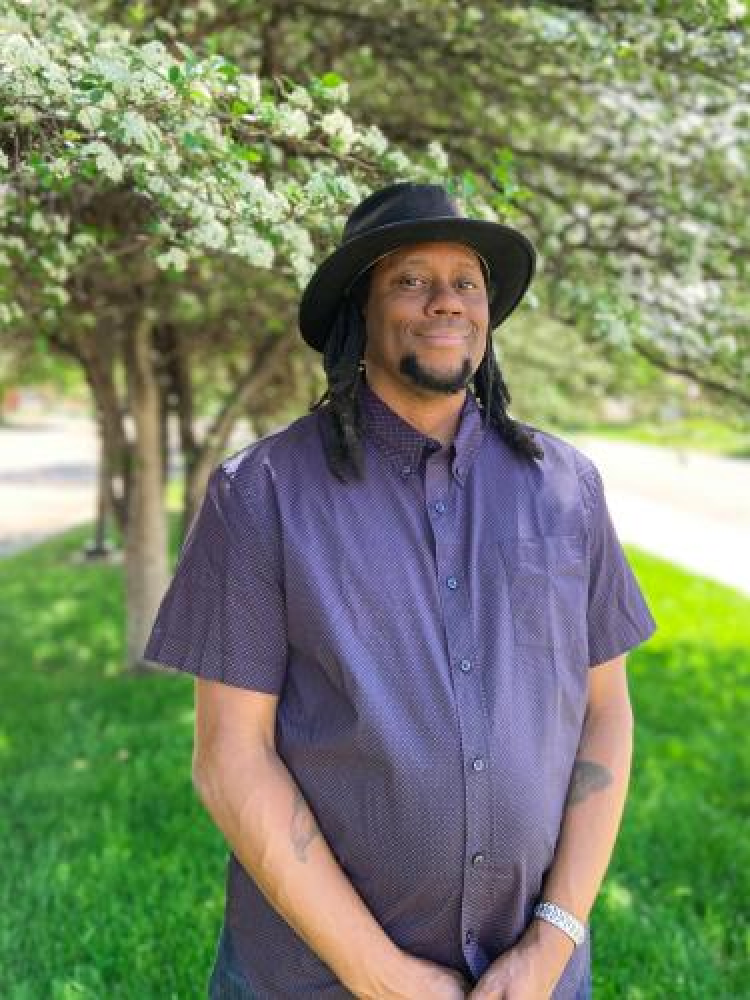
Shawn O'Neal, a CU Boulder assistant teaching professor in the Department of Ethnic Studies and ethnomusicologist, grew up with Motown music always playing.
“Motown did for me what a lot of other music did for me at the time, which was just opening up that intellectual curiosity in me, if you will,” he says. “Motown had this very unique sound to it than no one else was doing, just that tambourine coinciding with the backbeat and the four-on-the floor sound. Four on the floor represents a 4/4 time signature in music theory.
“And then when I was in middle school and high school, I was reading about Motown, about Detroit and about Black history. All of that led to my dissertation work on Audio Intersectionality, an interdisciplinary social science theory communicated through sound, music and performance,” says O’Neal, who is a renowned DJ and audio producer.
Motown’s impact upon on American culture is hard to understate. Started by Berry Gordy in January 1959 with $800 he borrowed from family members, Motown Records became a powerhouse in music production as well as a cultural touchstone.
The record label would go on to produce a who’s who of influential African American musicians—including Smokey Robinson and the Miracles, Stevie Wonder, Marvin Gaye, the Temptations, and Diana Ross and the Supremes—who would dominate the Billboard charts in the late 1960s. At one time, it was also the biggest Black-owned business in America prior to Gordy selling the record label for $61 million to MCA in 1988.
With Motown recently celebrating its 65th anniversary, Colorado Arts and Sciences Magazine asked O’Neal for his thoughts on how Motown produced so much great music, how some of its artists managed to create socially conscious but still grooving music, what constitutes the “Motown Sound” and Motown’s legacy on modern music across genres. His responses have been lightly edited for style and condensed for space considerations.
Question: Motown was based in Detroit, which was not the musical center universe, yet it produced hit after hit in the 1960s and 1970s. To what do you attribute the record label’s success?
O’Neal: Music is always just timing and circumstance, and a little bit of luck. Like, really hitting that pulse at the right moment, and they (Motown) were able to do that. I think Berry Gordy was obviously brilliant with developing this whole package.
The package had a look. For the women (performers) it’s the hairstyles, the makeup, the dresses, the heels, the movements during those songs. All of that was very rehearsed and very packaged in a way that America hadn’t seen before.
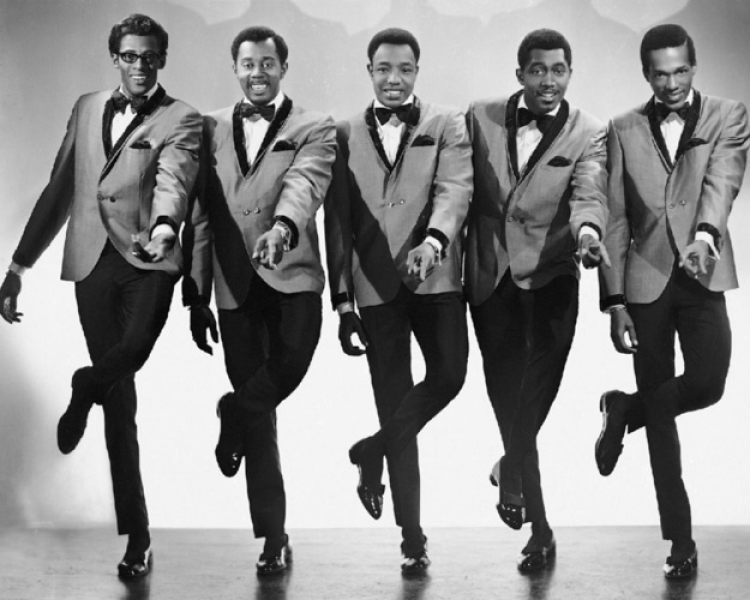
The Temptations perform in 1968. (Photo: Motown Records)
Then you have a very dialed-in production team. You got the Funk Brothers. You’ve got Holland-Dozier-Holland turning out those hits. Everything was in-house and so controlled that once you had one hit song you could (repeat) something again that hit that pulse of America.
That crossover appeal was something that hadn’t really happened previously—not on that magnitude. Then you can just keep churning out those songs in that formula.
You got the production team in place. You got the players, you got the bands, the musicians. You’ve got the look. It becomes a movement. To have a prominent movement, any type of social movement, you’ve got the soundtrack, you’ve got the aesthetics, the visual representation and the messaging. It’s just such a complete package. We hadn’t seen that before in music.
Honestly, I feel like Detroit was just where a lot of those people (musicians) were. Sometimes I wonder: Could that (Motown) have happened almost anywhere in this country where you had Black people that were talented and who needed someone who was able to manage things in a particular way bring it all together? Of course, you needed a Berry Gordy, which I don’t know how many of those there are laying around. I mean, the brother knew what he was doing.
He knew what Black people wanted, but he also knew what white people wanted from Black people, which brings up a whole other conversation, because that stuff gets very tricky. There’s definitely a critical analysis on all of that.
Question: Was part of the success of Motown also due to the fact that the people running major record labels at the time were not thinking about producing music that had mass appeal?
O’Neal: Motown absolutely ended up being the model for music that had crossover appeal—for creating music that everyone is going to enjoy regardless of race and ethnicity. That was the original model.
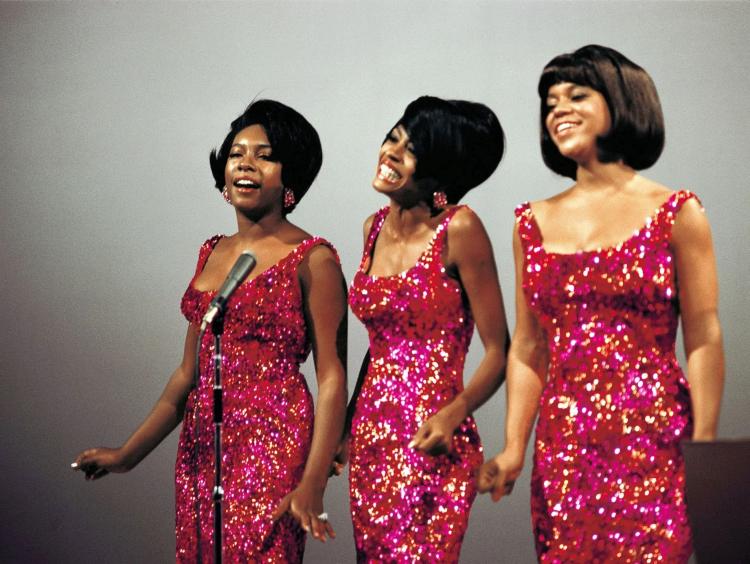
Mary Wilson (left), Diana Ross and Florence Ballard perform as The Supremes. (Photo: Universal/Motown)
And, not to take anything away from Berry Gordy, but part of his success is because a lot of the major record labels at the time in the 1950s and ’60s were not thinking about producing music that appealed to the whole of the country—to Blacks and whites.
This country is built on segregation. So, you have to ask yourself: Why would the white owners of European descent that own these record labels and these radio stations want to appeal to Black people? They weren’t thinking that far ahead.
I think some white Americans were perfectly happy with the (idea of), 'Y’all stay over there and we’re going to stay here. You’ll have your bathroom and your water fountain and your music and we’ve got ours.’
But wait a minute, all of your music—I mean music of white European descent—is founded upon the traditions of African diasporic Black music coming out of slave plantations, coming of spirituals and gospel music, and even more predominantly from the tradition of blues music and jazz.
Question: At some point, some Motown artists wanted to infuse their music with social messages commenting on issues of the day, like Edwin Star’s “War” or “Ball of Confusion” by The Temptations. What was happening at the time to inspire that?
O’Neal: I think music shifts, just like in production and recording techniques, it shifts with people’s desire and ability to experiment. That’s how you get a Motown in the first place.
But then Motown is going through these metamorphoses as society goes through changes as well. In the mid-1960s going into the ’70s, you have all of these social issues the country has been going through. You have the 1967 Detroit Riots. …
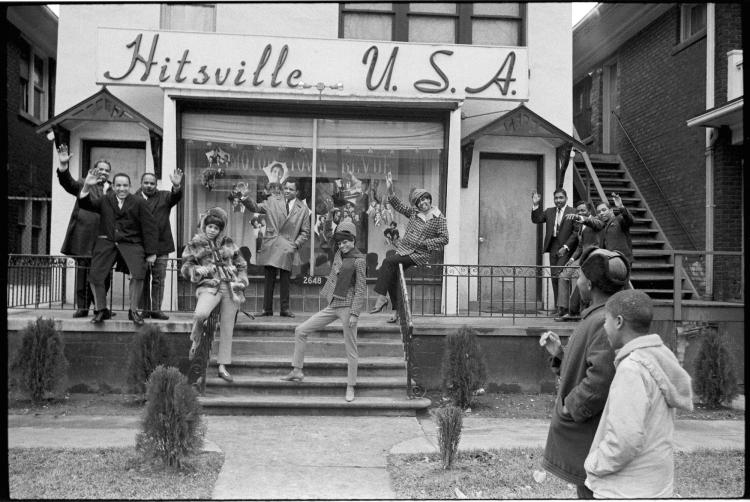
The Supremes (in front on stairs), Berry Gordy (center, in overcoat), the songwriting team of Holland-Dozier-Holland (right) and others outside the Hitsville Studio in 1965. (Photo: Library of Congress)
After the riots, a lot of those artists had a little wakeup call, if you will. Some of those artists, like Marvin Gaye, were saying, ‘We need to be singing about something else besides doo-wop.’ A lot of those artists began to realize they had a responsibility beyond making music for crossover appeal. I think some of them started thinking about: Is it more important to have hits, or is it more important to communicate something that needs to be communicated, regardless of how people receive it, because everybody’s emotions are their own.
Question: A lot of people talk about the “Motown Sound.” How would you describe it?
O’Neal: There is something about the backbeat, about the four on the floor beats—just a four/four, boom, boom, boom, boom that ends up transpiring in a song, because to this day a four-four (beat) is something that everybody can dance to, regardless of whether it’s at 90 BPMs or 140 BPMs. And there is the tambourine sound, which wasn’t on every song, but it was there.
The other thing is there was a simplicity of the sound with the bass and with the arrangements. There was a simplicity of the arrangements, but the melodies were very, very intricate. If you have this simple beat, it gets everybody feeling good and grooving.
What that does, it allows the melody and the harmonics—particularly the vocal melodies—to be very extravagant and to be very experimental.
Question: Motown had a golden period in the 1960s and 1970s and then went into a decline in the 1980s. What do you think were some of the factors that contributed to its decline?
O’Neal: Motown is closely associated with Detroit. And things really shifted in Detroit after the Detroit Riots. How could they not? Things just weren’t the same after that. …
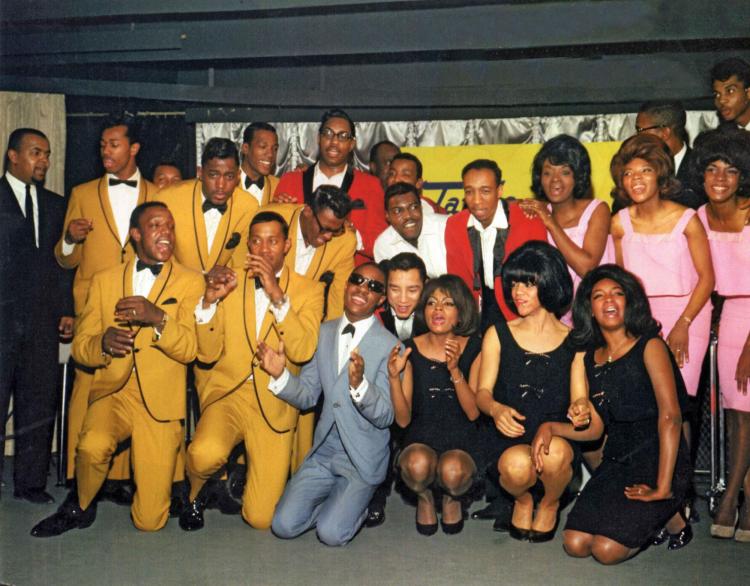
The Temptations (in yellow), Smokey Robinson and the Miracles (in red), Stevie Wonder (in gray), Martha and the Vandellas (in pink), the Supremes (in black) and others at the 1965 London, England, launch of the Tamla-Motown label. (Photo: Paul Nixon Collection)
With Gordy’s decision to relocate Motown to Los Angeles, it lost something. It lost that hometown feel. … While I can understand why he did it, with LA becoming the center of entertainment, I think Motown lost something.
Later on, Motown had competition, because the competition could base itself off of what Motown did. Also, the music was changing, moving into disco. Things changed.
Question: Is it possible to quantify Motown’s impact on modern music?
O’Neal: I think the impact is never really going to end. If people are willing to look at the music they are making, they have to pay homage to Motown.
Who is huge now? Taylor Swift? All of these K-pop bands that are just blowing up in Korea? It’s all Motown. They are not creating anything new. They’re adding their piece of the conversation into music history, but that’s Motown music. So, because it keeps being recycled and perpetuated, the quantification of Motown becomes almost impossible to (state), because it’s still going; it doesn’t stop.
Motown is intertwined in everything that goes on in this country, musically. Popular/commercial music is based upon that Motown-pop formula that was created there.
Did you enjoy this article? Subcribe to our newsletter. Passionate about ethnic studies? Show your support.



